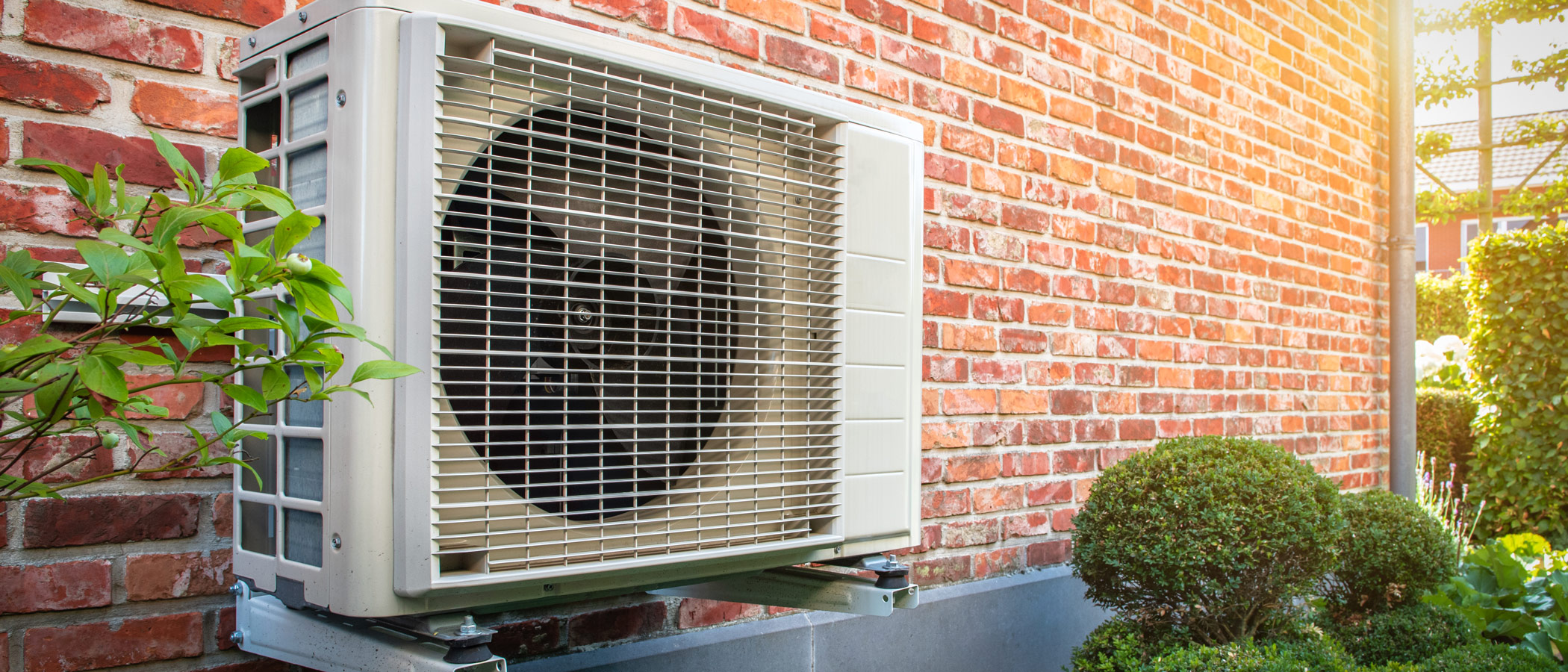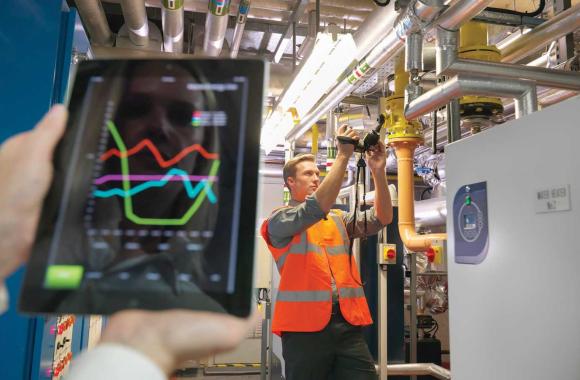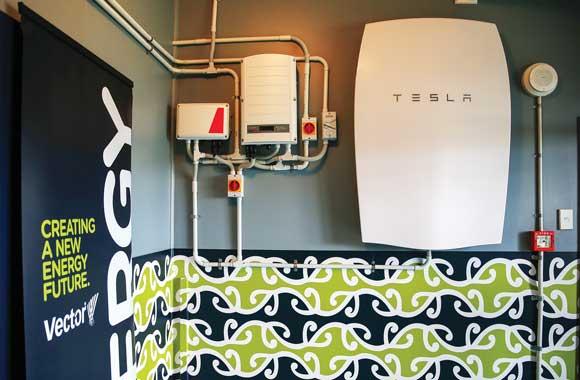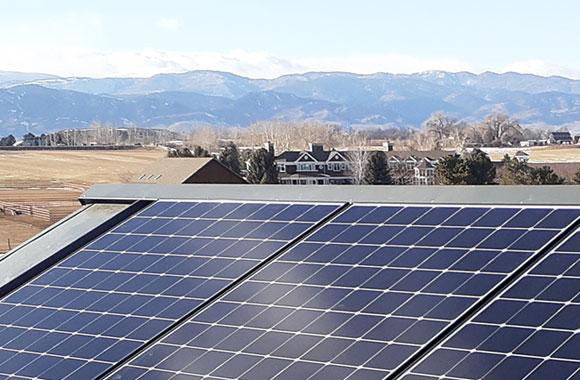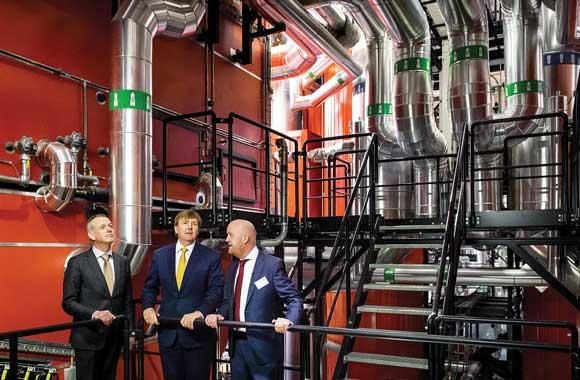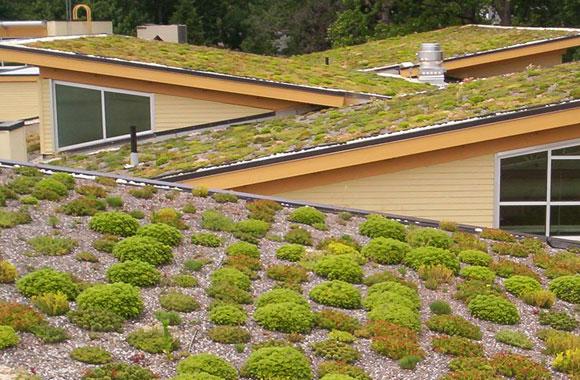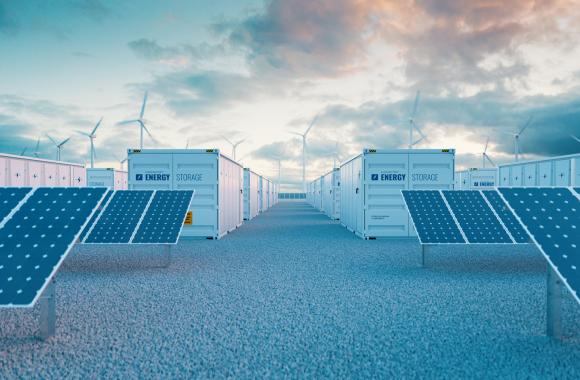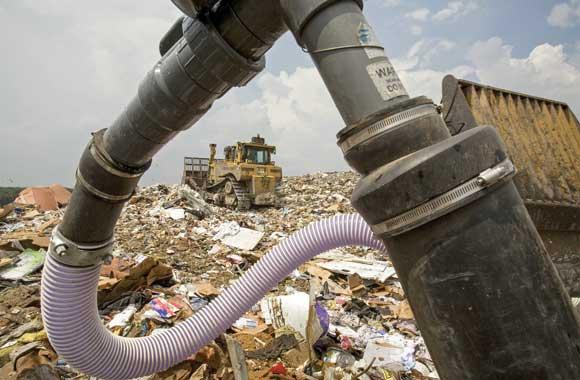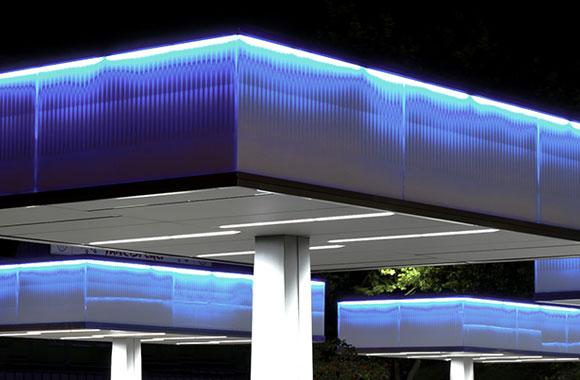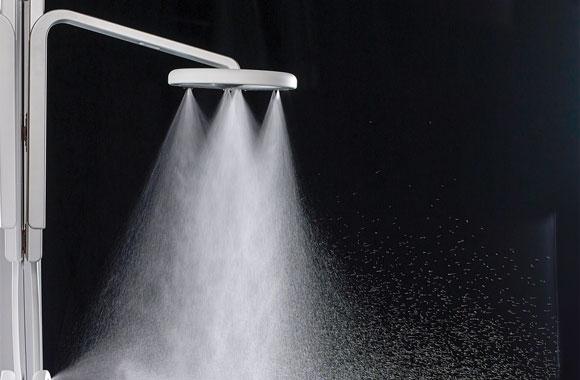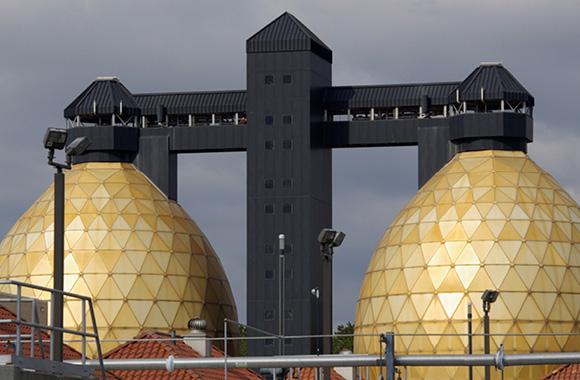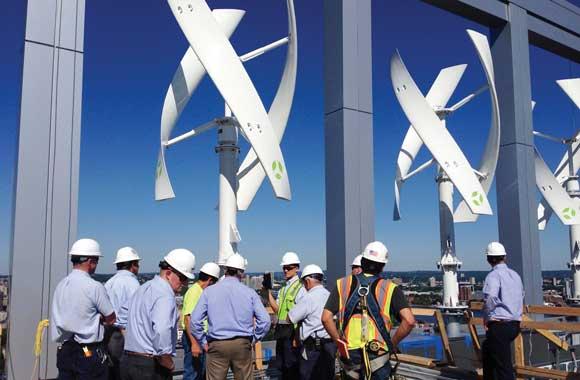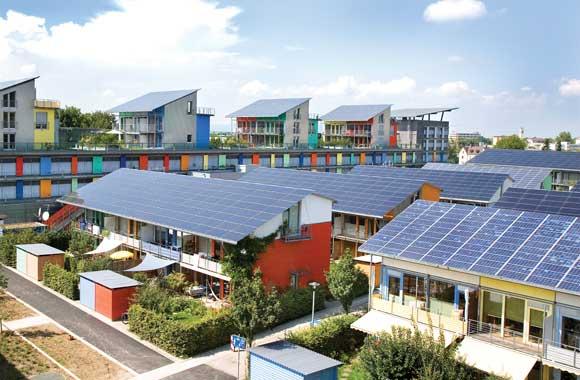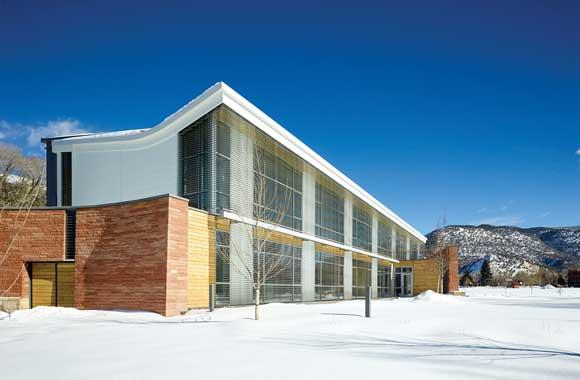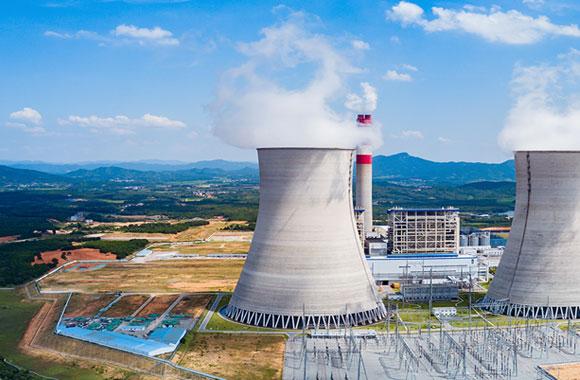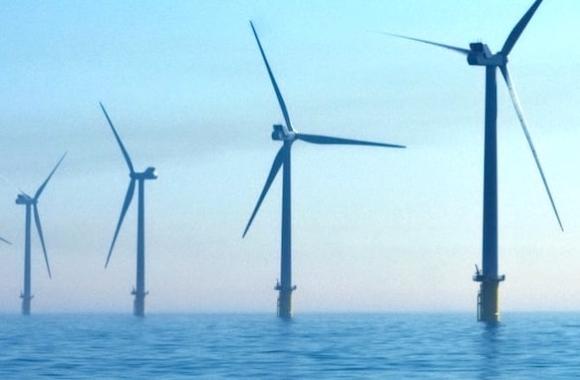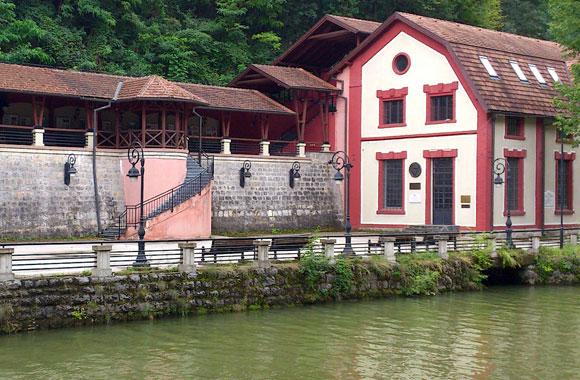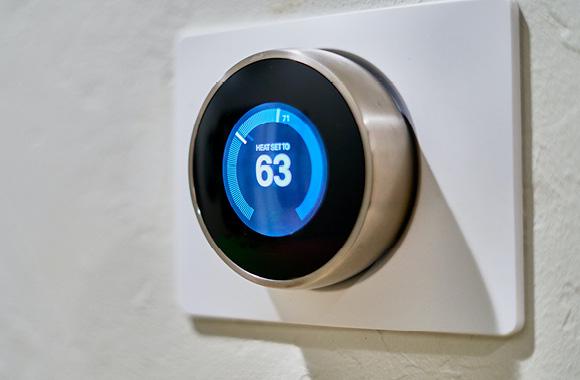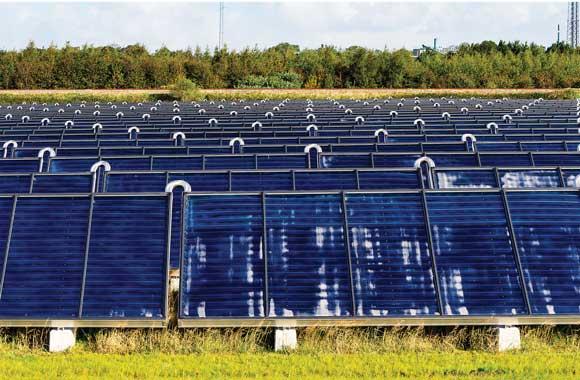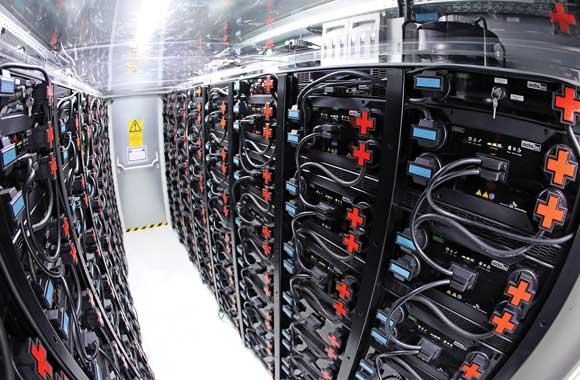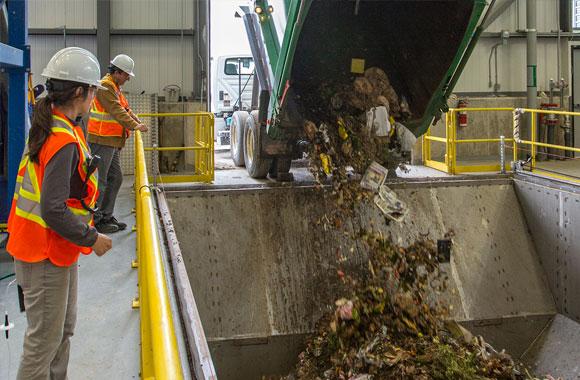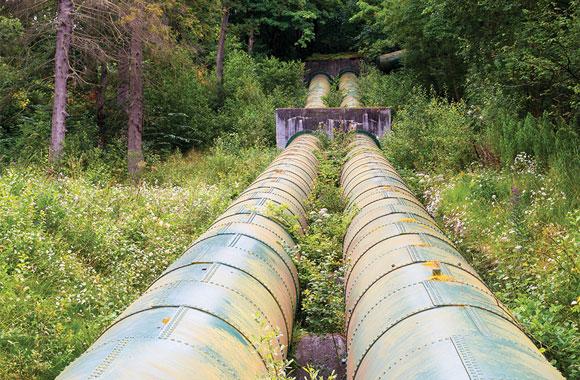High-Efficiency Heat Pumps
Heat pumps extract heat from the air and transfer it—from indoors out for cooling, or from outdoors in for heating. With high-efficiency, they can dramatically lower building energy use.
Reduced/Sequestered
2020–2050
To Implement
Operational Savings
Impact
Heating and cooling residential and commercial building space is expected to require more than 18,000 terawatt-hours by 2050. This energy comes from onsite fuel combustion and electricity-based systems such as gas furnaces and electric air-conditioning units. High-efficiency heat pumps eliminate fuel consumption and reduce electricity needed for heating and cooling. Current adoption is low at 3 percent of delivered heat, but we estimate rapid growth to 20–40 percent in 2050 as costs continue to decrease. For a first cost of US$76.10–118.34 billion above that for conventional technologies, operating savings could reach US$1.05–2.43 trillion over the technology’s lifetime. Emissions reductions in this scenario come to 4.04–9.05 gigatons of carbon dioxide equivalent.
Introduction
Buildings are responsible for a substantial proportion of energy use worldwide. Maximizing efficiency in heating and cooling could cut global energy use by 30 to 40 percent.
One efficiency-enhancing technology stands out from the rest: heat pumps. A heat pump transfers heat from a cold space to a hot one. In winter, it pulls heat from outside and sends it into a building. In summer, it pulls heat from inside and sends it out. The source or sink of heat can be the ground, air, or water.
While cost can be high and efficiency varies, heat pumps are easy to adopt, well understood, and already in use around the world. They can supply indoor heating, cooling, and hot water all from one integrated unit. When paired with renewable energy sources and building structures designed for efficiency, heat pumps could eliminate almost all greenhouse gas emissions from heating and cooling.
Project Drawdown defines the High-Efficiency Heat Pumps solution as the use of electrical devices for heating, cooling, and ventilation that harvest latent heat from ambient sources for use in the conditioned space via the compression and expansion of a working fluid (refrigerant) and that operate at high efficiency. We define high efficiency as having a seasonal coefficient of performance (for heating) of at least 3.5 (heating seasonal performance factor greater than 12 BTUs per watt-hour) and a seasonal energy efficiency ratio (for cooling) of at least 5.9 (20 BTUs per watt-hour), depending on the model.
This solution replaces new and existing conventional heating, ventilation, and air conditioning (HVAC) systems, including gas- and oil-fired furnaces, gas- and oil-fired boilers, low-efficiency air conditioners, electric resistance furnaces, and electric resistance unit heaters in both residential and commercial applications.
Methodology
Total Addressable Market
We based the total addressable market for heat pumps on estimated supply for commercial and residential building space-heating from 2020 to 2050, derived from International Energy Agency (IEA) data. We estimated current adoption (defined as the amount of functional demand supplied in 2018, with 2014 as the base year) to be 3 percent of the market for space heating and cooling.
Adoption Scenarios
We calculated impacts of increased adoption of heat pumps from 2020 to 2050 by comparing two growth scenarios with a reference scenario in which the market share was fixed at current levels.
Data on global adoption scenarios of heat pumps is sparse. Improved HVAC equipment can potentially reduce demand for space heating and cooling 25–70 percent. As one of the most efficient HVAC systems, heat pumps generally, and high-efficiency heat pumps specifically, must play a key role in that. The scenarios below are aligned to the IEA scenarios with more explicitly aggressive and improving efficiencies (seasonal coefficients of performance, or SCOPs, a measure of efficiency).
For heat pumps, we developed two solution scenarios:
- Scenario 1: Using the IEA’s 2017 ETP 2DS Scenario, we projected the total demand for all heat pumps, then applied a SCOP linearly increasing from 2.9 (average today) to 3.5 in 2060. This scenario delivers 1,396.63 terawatt-hours of energy (8 percent of the total addressable market).
- Scenario 2: Using the IEA’s 2017 ETP B2DS Scenario, we project the total demand for all heat pumps, and then apply a SCOP linearly increasing from 2.9 (average today) to 4.3 in 2060. This scenario delivers 2,672.07 terawatt-hours of energy (16 percent of the total addressable market).
Emissions Model
We assumed that high-efficiency heat pumps replace coal, gas, and oil boilers as well as electric resistance heaters in a ratio defined by their share of total heating final energy based on IEA data. For every unit of energy of heat delivered by high-efficiency heat pumps, an equivalent amount of energy would be avoided from these heating systems. While replacing these systems with electricity-based heat pumps will increase electricity use, reduced direct fuel combustion and increased efficiency in electricity use will save energy overall. We include grid and fuel emissions and use emission factors from the Intergovernmental Panel on Climate Change (IPCC).
Financial Model
All monetary values are presented in 2014 US$.
We estimated the first costs of high-efficiency heat pumps at US$9,911 per installation unit, compared with a weighted cost of US$7,915 per unit for conventional HVAC systems. Costs include the retail price of the equipment and any installation material or labor costs. We weighted reported installation costs for conventional technologies by residential and commercial applications, at 75 and 25 percent, respectively. Values come from the U.S. Department of Energy (DoE), U.S. Energy Information Administration (EIA), IEA, and the International Renewable Energy Agency (IRENA). We used published learning rate data for air conditioning units with the assumption that they are sufficiently close to heat pumps.
Operating costs include building heating energy (fuel and electricity). We averaged fuel and electricity prices over 2007–2018.
Integration
We integrated this solution with others in the Buildings sector by first prioritizing all solutions according to the point of impact on building energy usage. This meant that building envelope solutions like Insulation were first, building systems like Building Automation Systems were second, and building applications like High-Efficiency Heat Pumps were last. The impact on building energy demand was calculated for highest-priority solutions, and energy-related heat pumps input values were reduced to represent the impact of higher building envelope solutions.
Although we used the term “priority” here, we do not mean to say that any solution was of greater importance than any other, but rather that for estimating total impact of all building solutions, we simply applied the impacts of some solutions before others, and used the output energy demand after application of a higher-priority solution as the energy demand input to a lower-priority solution.
Results
Scenario 1 avoids 4.04 gigatons of carbon dioxide equivalent greenhouse gas emissions by 2050. Implementing heat pumps across the new and existing buildings requires a net first cost of US$76.10 billion more than the reference scenario, but saves US$1.05 trillion in lifetime operating costs over 2020–2050.
Scenario 2 saves 9.05 gigatons of emissions and avoids US$2.43 trillion in lifetime operating costs for US$118.34 billion in net first cost.
Discussion
Buildings account for more than 31 percent of global final energy use and 8 percent of direct energy-related carbon dioxide emissions. The IEA estimates that energy for heating and cooling accounts for over half of the energy consumption in buildings. With an increasing population and rising incomes, the global number of households could grow more than 65 percent and the floor area of commercial and institutional buildings nearly 200 percent by 2050. In the absence of aggressive policy action for reduced energy consumption, the global cooling and heating energy demand is widely expected to increase substantially.
High-efficiency heat pumps can serve as an efficient and sustainable solution to indoor space conditioning. Retrofitting existing HVAC systems is a viable option for consumers wishing to reduce building energy costs, without making major investments or structural changes. This may require modifications or additions to the existing system, but offers significant energy savings. In some cases, high-efficiency equipment is actually cheaper to install than less efficient equipment.
Aggressive growth of high-efficiency heat pumps can be expected globally as prices continue to decrease.
What You Can Do
Consider upgrading your home’s heating and/or cooling system to a high-efficiency heat pump.
If your company is adding infrastructure, encourage those in charge of planning it to consider a heat pump alternative to conventional HVAC.
- Expand your knowledge by exploring another Drawdown solution.
Co-benefits
High-efficiency heat pumps save energy by efficiently transferring heat, thereby lowering energy bills.
Heat pumps also can improve air quality by reducing the use of fuels such as wood, propane, and oil that emit particulate matter and black carbon when burned.

